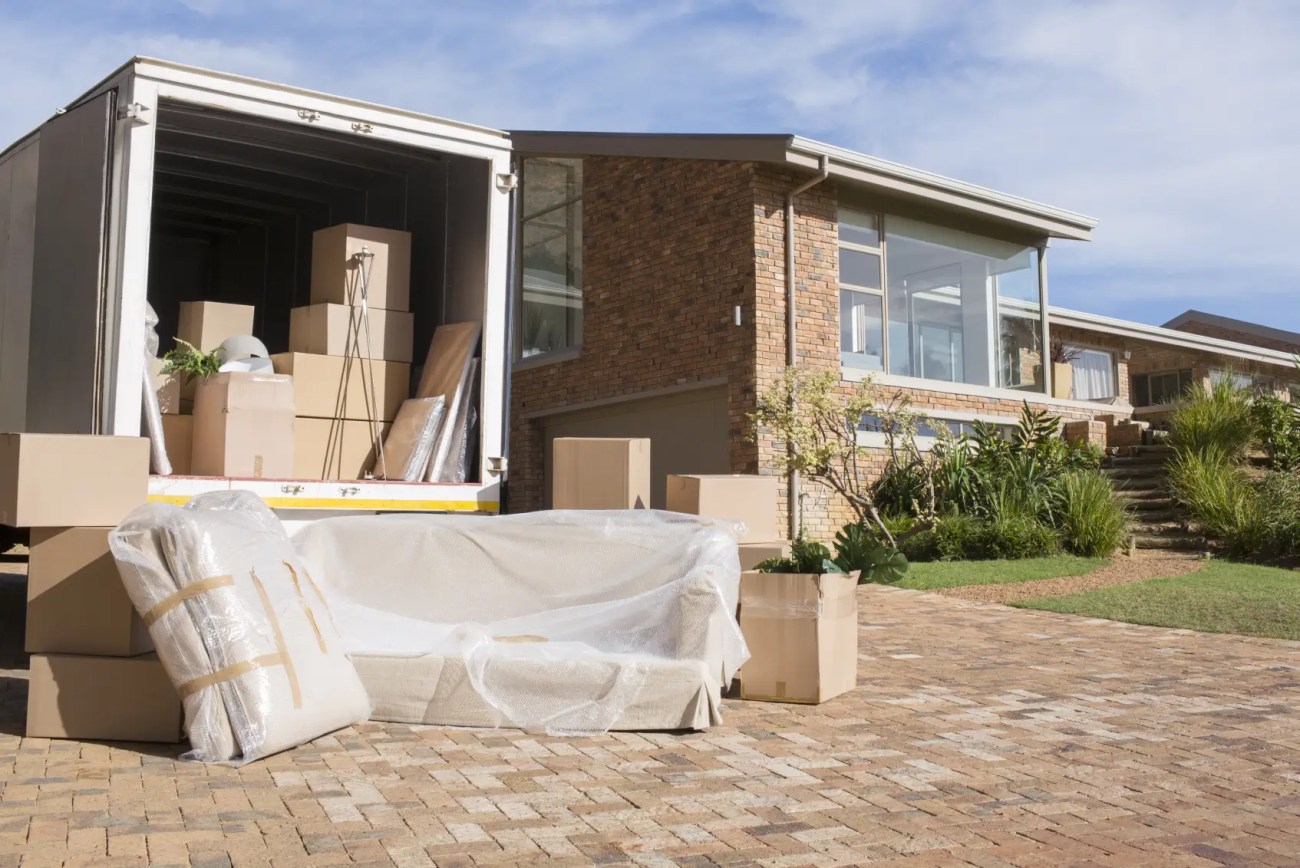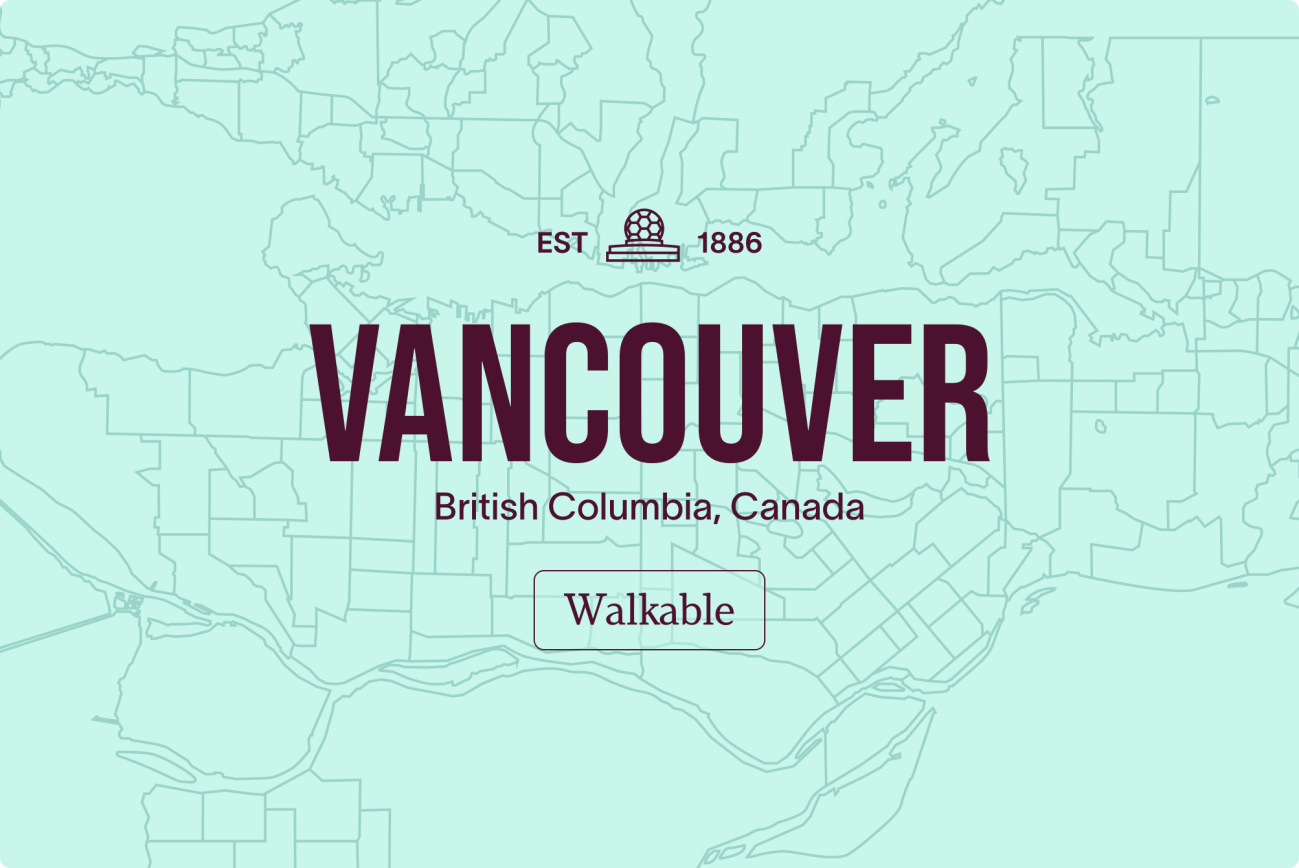Moving house often gets a bad reputation as one of life’s most stressful tasks. The good news is that most people only have to do it a handful of times, but the flipside is that few people get much practice to become really good or efficient at it. However, with some careful forward planning and strategic packing, you can streamline your move and even enjoy it. In fact, it can be a great opportunity to declutter, downsize and move into your new home with a fresh slate. Depending on your budget, you can also hire professional movers to do the heavy lifting for you. Read on for moving tips, including top tips for moving out for the first time.
How much to budget for moving costs
The best way to take the stress out of moving is to get started early, ideally, a few months in advance. However, no matter how long you’ve got, if you’d like to hire professional movers, or are considering your options, you should reach out to at least three moving companies to obtain quotes as soon as possible. Prices can change based on demand, so the longer you can give them to lock in your quote, the better.
Look at online reviews or speak to friends and colleagues to find reputable and reliable movers in your area.
To ensure you’re getting the most accurate quote, many movers will offer a free in-person inspection or a virtual review, so they have a good idea how much time the job will take. An in-person visit also gives them the opportunity to flag any potential issues ahead of time, like where to park the truck. You don’t have to have everything packed up in order to get your quotes, but the more specific you can be about how much you’re moving, the more accurate their pricing will be.
Price will vary based on your needs, such as the distance you’re moving, the size of your home and which services are required. Most movers offer varying levels of services, from packing services and moving everything on your behalf, to a hybrid approach where they only move your larger items and then you do the rest yourself.
If you’re not using professionals, storage containers can be a good option to allow you to pack your container over the course of a few weeks and then have it transported on moving day. Again, the pricing will change depending on the distance, size and how long you need the container.
If you want to tackle it entirely by yourself then you should factor in the cost of truck or van rental, gas, moving insurance and your time.
Once you’ve picked a moving option you can create a moving budget from there, including the cost of packing materials and any rentals or moving equipment required. In addition to any moving costs, you’ll want to include all the connected expenditures, such as the cost of cleaning either home and the cost of child and/or pet care on the day of.
Establishing a timeline for moving
Once you’ve decided on whether you’re using a professional mover, you should establish a clear timeline for your move. In addition to your mover’s schedule, you will want to consider which day and time makes the most sense for a move depending on your location. For example, if you’re moving in or out of a city centre home, you will likely want to avoid doing it at rush hour on a busy weekday.
You should look at the calendar and factor in any holidays that could impact your date. And, if you’re moving into an apartment on an upper level then you should contact the building’s management to find out if you need to book the elevator.
You should also look into whether a parking permit will be required for you or your movers. You can check your city website to find out the process and how much it will cost. And remember to add any of these additional costs into your budget.
Once you have your move date, you can work backward from there to diarize time for tasks like decluttering, so that you are less likely to put it off. At this point you should also determine whether you will need to request any time off work before, and/or on the day of, your move.
By creating a clear timeline from the beginning, you can allocate your time more efficiently and are less likely to miss any important steps.
Moving tips for decluttering
Decluttering might not be the most exciting task, but it can be liberating to rid yourself of the items you don’t need and move into your new place without the extra baggage. And most people have more stuff than they think they do.
Experts who provide downsizing tips for moving say it can be helpful to start small. Schedule short 15 to 30 minute sessions for decluttering a room, so it’s less overwhelming. Begin by getting rid of any unneeded duplicates and take it from there.
It may be quicker to start in the areas of your home that you use the least, where you may feel less emotionally attached to items. By focusing on these areas, you can also pack simultaneously, by putting the items you intend to keep straight into packing boxes.
It’s important to go through everything, especially that junk drawer you dread opening! You can then organize your items into piles you’re keeping, donating, selling, recycling or discarding.
A popular rule of thumb when decluttering is the “20/20 rule,” which says that if it can be replaced with $20 or less or in less than 20 minutes, then you can let it go.
While there will be items that bring up memories or make you stall, try to focus on the bigger picture—a clean slate in a new home.
Carefully consider large items and appliances
The more stuff you move, the more it is going to cost—especially if you are moving a long distance or to a new province. So, when it comes to larger pieces of furniture, you should factor in the cost of moving them and carefully consider whether they will work in your new home. If you are taking large appliances with you, make sure you have a plan of who is going to uninstall and reinstall them in your new home.
Best packing tips for moving
Gather your packing materials
Before you can begin packing, you’ll need to source your packing supplies, including boxes, tape, labels, bubble wrap and packing paper. Depending on the size of your home, you could expect to pay a few hundred dollars for packing materials alone. If you intend to use professional movers then you should check if they supply the boxes as part of the cost of their service. If not, you could save yourself some money by sourcing boxes for free elsewhere.
Start by asking friends, neighbours or work colleagues if they have any delivery boxes they’d be willing to give you. You can also check with local retailers. Remember, liquor stores can be a good place to get partitioned boxes for items like your glassware.
You can also pay a visit to your local recycling centre to see if there are any boxes available for you to use. And some people get lucky on Craigslist or Facebook Marketplace where you can find free packing materials.
Label, label, label!
Trust us, when you’re faced with a wall of boxes in your new home, you’re going to be grateful to have taken a little extra time to label the contents of each one clearly. If you pack room by room it will streamline things at the other end so that boxes can be placed in the right place, ready to be unpacked.
For larger rooms, like the kitchen, you should try to keep similar items together. You may choose to put all your pantry items in one box and then your pots and pans in another. Keep aside padding items, like tea towels, to help protect anything fragile. For each label you can include the room, an overview of the contents and any other useful notes, such as whether it’s heavy or fragile. It can also be helpful to create an inventory list of the number of boxes and then add this to the label e.g. “Primary bedroom, bedding, box 1 of 5”. You can then use your list at the other end to make sure nothing’s gone missing or in the wrong place.
Pack a suitcase of immediate essentials
Even for the most organized, it can be easy to lose track of items and the last thing you’ll want to do after a day of moving is hunt through boxes for your pajamas. For this reason, it can be useful to pack a suitcase that you can keep accessible and fill with any items you know you’ll need straight away. Think, toilet bag, toilet paper, handwash, towels, pajamas, chargers, paper towel, a change of clothes, scissors (for opening boxes) and the keys! If you have kids, remember to pack any items that are going to help them feel settled, like their white noise machine or their favourite toys. Moving house can be tiring and thirsty work, so having some bottles of water and snacks on hand can also be a good idea.
You should also keep all your important paperwork, such as passports, birth certificates and driving licenses together and on your person. You can then create a folder of any paperwork related to the move, like print-outs of correspondence with your movers to have on hand, as required.
Moving tips for travelling long distances
For big moves across the country, you’ll have to factor in more planning time and cost. You will need to plan not only how to transport your stuff, but also yourself and any family members coming with you.
If you’re driving, then you should plan your route and then book accommodation for each stop. You should consider where you’ll be parking your vehicle along the way, especially if you are packing it with some of your things.
Many moving companies can do long distances, but you will need to coordinate the arrival of your stuff at your new location. You’ll likely need to be there for it, but that means you’ll need to have at least a suitcase of your essentials with you for the time before your movers arrive.
The same principles apply to long-distance moves, they just take a bit more planning and budget. Remember, if you’re relocating for a job, then oftentimes companies will help cover some or all of your moving costs, so you should ask.
Setting up utilities and services at your new address
A month to two weeks before you move you should contact your utility providers for your new address to update them with your information and let them know your move-in date. This way, you can ensure a smooth transition and have the services you need once you’re in your new home. If you are paying utilities at your current home then you should also inform them of your move and cancel service.
Most provinces have a website where you can search by postal code and find directions on how to update your information. In most cases, you will need your contact details (including your new address), a government-issued ID and the date you’d like to start service.
You should also schedule appointments to have your internet provider set up at your new place. And remember to cancel or update any memberships or subscriptions tied to your old address, including food delivery services.
Moving day
If it gets to moving day and you’ve planned ahead, then you have a great chance of it all going smoothly. However, there are some tasks that will have to wait until the last minute and it can be helpful to create a checklist to work through on the day of, such as disassembling furniture (like your bed), disconnecting appliances, securing your valuables and doing a final sweep making sure everything is packed up.
If you have your inventory list, you can use that to coordinate with the movers and make sure everything is going and arriving as it should.
The final step is locking up and handing over the keys so you can move on to the next exciting chapter in your new home. You’ve got this!
Houseful is here for your next steps
From getting your keys to getting back on the market—and all the days in between—Houseful is here to help you keep an eye on the big picture. Let’s see what’s possible and take the next step toward fulfilling your home ownership goals. Visit houseful.ca.




